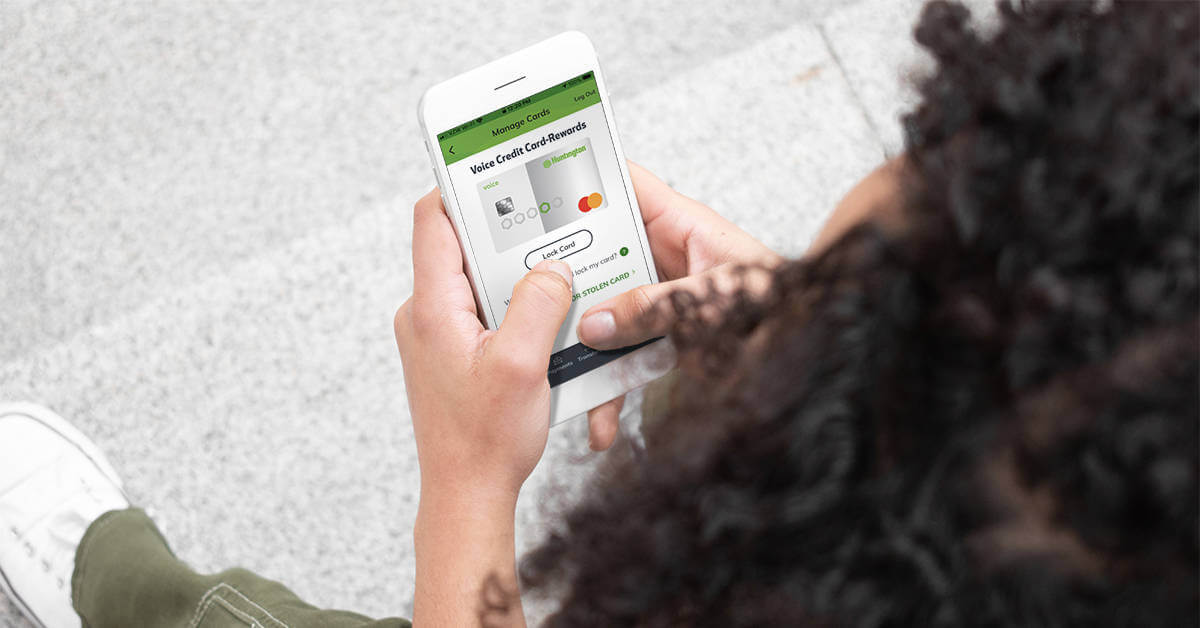10 Tips to Help Save Money on Grocery Shopping
You may be grocery shopping this year a lot more than last. Here’s how to help cut the costs and save money on your groceries.

Before the COVID-19 pandemic, Americans on average split their food money almost evenly between eating at home and eating out†. Restaurant shutdowns changed that pattern for many, meaning that supermarket shopping strategies are more important than ever if you’re trying to save money.
As a nutritionist who loves to cook, Brierley E. Horton‡ believes that you can both save money and eat healthy at the same time. Here are some of her tips on how to do that, keeping in mind the basic recommendations such as eating more whole foods, plants, and grains; reducing meat portions; and cutting back on processed products.
- Build a baseline grocery budget. There's a simple university-produced calculator that will give you a rough idea of what you should be spending on groceries, based on average food prices and adjusted for age and household size. And there are many digital tools and apps to help you organize recipes, print shopping lists, plan meals, and more.
Once you have a plan, Huntington's Spend Setter℠ tool can help you stay on track by allowing you to set monthly spending limits by category. You'll be able to follow what you’re spending and see when you're getting close to your limit.
- Become a meal planner on weekends or your day off. Shopping with a list created from recipe quantities or an app will cut down on food waste, and you can build your plan from things already in your cupboards (rice, pasta, etc.). Select recipes that lean on less expensive cuts of meat and bulk foods, as mentioned below. While writing your list, check your local supermarket websites and digital apps for coupons for foods on your list to help save more.
- Shop for most foods once a week. Social distancing during the stay-at-home period may have led you to do this already, and it's a habit worth continuing as safety precautions are eased. For one thing, it reduces the opportunities for impulse buys. For another—especially if you have a freezer—you can use your meal plan to double quantities for things like chili, soups, and stews, freezing portions for later eating.
- For last-minute shopping, use a small basket. You may want to shop for produce more than once a week so it's fresh and at its most nutritious, and Horton finds that using a small basket is a psychological trick that lessens the chance of making a lot of impulse buys. Don't walk the aisles randomly, just get what you need and get out.
- Lean on store brands. House brands have long been a bargain—no news there—but quality and flavor have been improving, and almost all food categories, including organic, now feature house-label products§. Use the shelf label method below to make sure you're really saving.
Open a Huntington Checking Account
If you want a basic checking account with no monthly maintenance fee, or an interest-earning checking account, we've got the options that are right for you.
Learn More
- Study those shelf labels. Many supermarket shelf labels feature cost-per-unit data that allows comparisons across brands and product sizes. Some data is by weight, some by volume. This is the easiest way to tell if, say, a large bottle of canola oil is really cheaper per ounce than a smaller one, or a house brand is cheaper than an on-sale name brand.
The same applies to poultry and meat, though you might have to look at the individual label on the package for the data. Here’s a video explaining shelf labels.
- Purchase some fruits and vegetables frozen. Frozen produce is often equally (if not more) nutritious than fresh¶ after refrigerated storage because it’s typically picked and preserved at peak ripeness.
Horton buys these regularly: frozen peas and edamame (warmed gently, they can taste as sweet as fresh); riced (finely chopped) cauliflower (saves a lot of time and hassle); frozen blueberries (easy to add frozen to muffins, quick breads, oatmeal and even pancake mixes); and frozen raspberries, especially when they’re out of season (the flavor is spot-on and the savings are invaluable).
- Learn to love the cheap cuts. Less expensive cuts of beef and pork usually require slow cooking, but they’re often loaded with fantastic flavor for soups, stews, and such. In the instant pot era, they’ve really come into their own.
The new pressure cookers reduce cooking time and are programmable. If you don’t have one, slow cooking can be done the old-fashioned way, too. There are tons of recipes online no matter your method.
- Shop your local international stores. For spices especially, international stores—Indian and Mexican, for example—offer terrific bargains. You can also buy cheap, nutritious foods like lentils, beans, and corn tortillas from these stores—and some even have fresh produce, such as limes and cilantro, at low prices.
- Buy in bulk. If pandemic-related restrictions on bulk buying have been lifted in your area, it's time to revisit the savings found there on grains, nuts, dried beans, rice and the like. These ingredients can be the basis for your large-volume weekend cooking. Compare the cost per weight unit with packaged products to make sure you’re saving.
† U.S. Department of Agriculture, Food Prices and Spending, Accessed April 2020. https://www.ers.usda.gov/data-products/ag-and-food-statistics-charting-the-essentials/food-prices-and-spending/?topicId=14885
‡ Brierley E. Horton, Interview, April 2019.
§ Grocery Business, Premium Disruption in Private Label, Accessed April 2020. https://www.winsightgrocerybusiness.com/retailers/premium-disruption-private-label
¶ Tufts University, Health and Nutrition Letter, Accessed April 2020. https://www.nutritionletter.tufts.edu/healthy-eating/weight-mgmt/the-pros-and-cons-of-frozen-foods
Money Scout automatically schedules transfers from your selected checking account to your selected savings account. A money market account (MMA) cannot be a selected savings account for use with Money Scout. A scheduled transfer may be canceled before midnight ET on the day it is scheduled. Transfer amounts and frequency may vary and will reduce the money available in your checking account to cover other transactions. You are responsible for ensuring your checking account has sufficient funds. You may be charged overdraft fees if your account falls below $0. Subject to eligibility, terms and conditions, and other account agreements.
The information provided in this document is intended solely for general informational purposes and is provided with the understanding that neither Huntington, its affiliates nor any other party is engaging in rendering financial, legal, technical or other professional advice or services, or endorsing any third-party product or service. Any use of this information should be done only in consultation with a qualified and licensed professional who can take into account all relevant factors and desired outcomes in the context of the facts surrounding your particular circumstances. The information in this document was developed with reasonable care and attention. However, it is possible that some of the information is incomplete, incorrect, or inapplicable to particular circumstances or conditions. NEITHER HUNTINGTON NOR ITS AFFILIATES SHALL HAVE LIABILITY FOR ANY DAMAGES, LOSSES, COSTS OR EXPENSES (DIRECT, CONSEQUENTIAL, SPECIAL, INDIRECT OR OTHERWISE) RESULTING FROM USING, RELYING ON OR ACTING UPON INFORMATION IN THIS DOCUMENT EVEN IF HUNTINGTON AND/OR ITS AFFILIATES HAVE BEEN ADVISED OF OR FORESEEN THE POSSIBILITY OF SUCH DAMAGES, LOSSES, COSTS OR EXPENSES.
Third-party product, service and business names are trademarks/service marks of their respective owners.
Spend Setter℠ is a service mark of Huntington Bancshares Incorporated.



